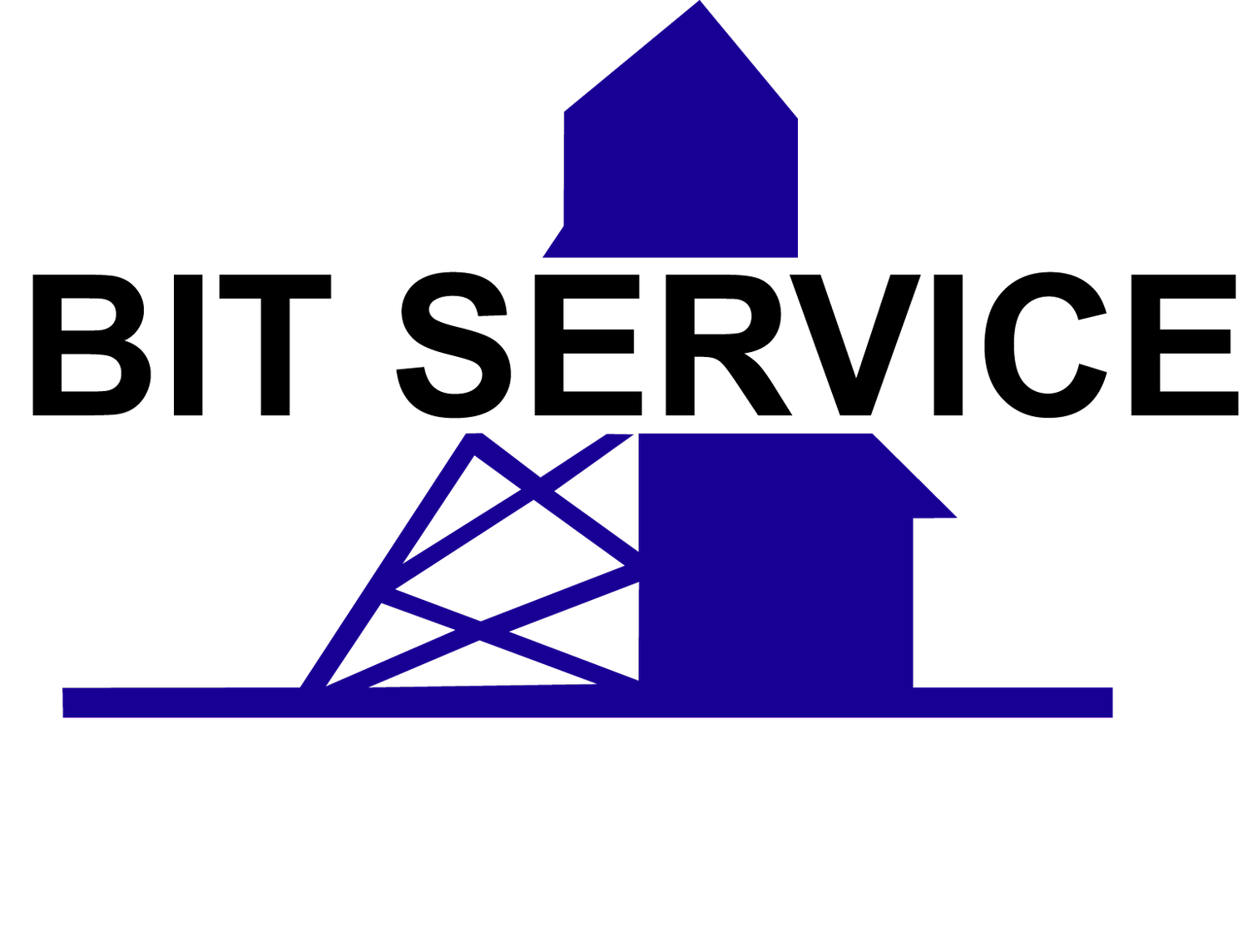AN INTRODUCTION TO SASKATCHEWAN POTASH SOLUTION MINING
By: Scott Bahr
Many of you already understand the important role potash solution mining plays in Canada— and Saskatchewan, in particular—but not everyone knows the exact ins and outs of what it encompasses. Let’s break down the entire process, step-by-step, so you can fully grasp how it’s done, as well as the benefits that make it so vital to our local region—and beyond.
But first, here’s a bit of interesting history about its origins. Potash was first discovered in Saskatchewan in the early 1940s, while locals were drilling for oil. But it wouldn’t be until a decade later, in the 1950s, that potash exploration kicked into high gear. Fast forward to today, and business is booming, with Canada exporting a whopping 95% of its potash to more than 50 countries worldwide.
THE PROCESS OF POTASH SOLUTION MINING
Here in Saskatchewan, potash is extracted from deep underground deposits (generally 1,000 m or 1 km deep), using either conventional mining or solution mining. Conventional mining (using traditional mining machines) requires the mechanical extraction and conveying of the ore and surrounding minerals. This requires a great deal of operators and support staff underground, and results in large underground workings and excess waste material left on surface after processing.
Solution mining involves a brine solution being heated and then injected into the deposit to dissolve the potash. Then the solution is pumped out of the cavern to the surface, where the water is evaporated from the minerals and the potash is left to be processed in a typical plant.
Clearly, solution mining has some advantages, but more on that a little later
The entire scope of the process includes the following steps:
Injection: The initial brine (a heated mixture of water, salt
Solution Recovery: The resulting underground solution—which is made up of the now-dissolved salts, potash, and water—is pumped up to the surface.
Evaporation and Crystallization: Once at the surface, the solution is cooled in crystallization ponds, where the potash is allowed to settle.
Product Preparation: Once the potash has settled, the resource is extracted, processed, dried, screened, compacted, and eventually shipped.
And…Repeat: The pond water is then reinjected into the mine, restarting the same process all over again.
MAIN BENEFITS OF POTASH SOLUTION MINING VS. CONVENTIONAL MINING
Solution mining can be far more efficient, cost-effective, and safe when extracting potash. The upfront capital cost of a solution-mining operation is typically far lower than its conventional counterpart.
MINIMIZING TAILINGS
Now let’s talk about surface waste. The volumes of it between the two methods (conventional underground and solution mining) differ dramatically, with solution mining’s numbers typically being far lower.
SAFETY FACTORS
No rundown of the merits of solution mining would be complete without mentioning the superior safety that this method brings to the table. Thanks to the use of the solution to allow the resource to be dissolved and then pumped to the surface directly, there is no longer a need to send a workforce underground. This has proven to be a true game-changer in offering peace of mind to companies and workers, knowing that they can be safer and keep operations on the ground level.
TO THE FUTURE
In the case of potash solution mining here in Saskatchewan, bucking convention and opting to embrace a new mining method fueled by modern technology has clearly been a wise choice. We at Bit Service are excited to see where the future takes us all, and we’re committed to helping you with all your mining endeavors. If you’d like to learn more about solution mining or have any general questions, we are here to help. Contact us today.
